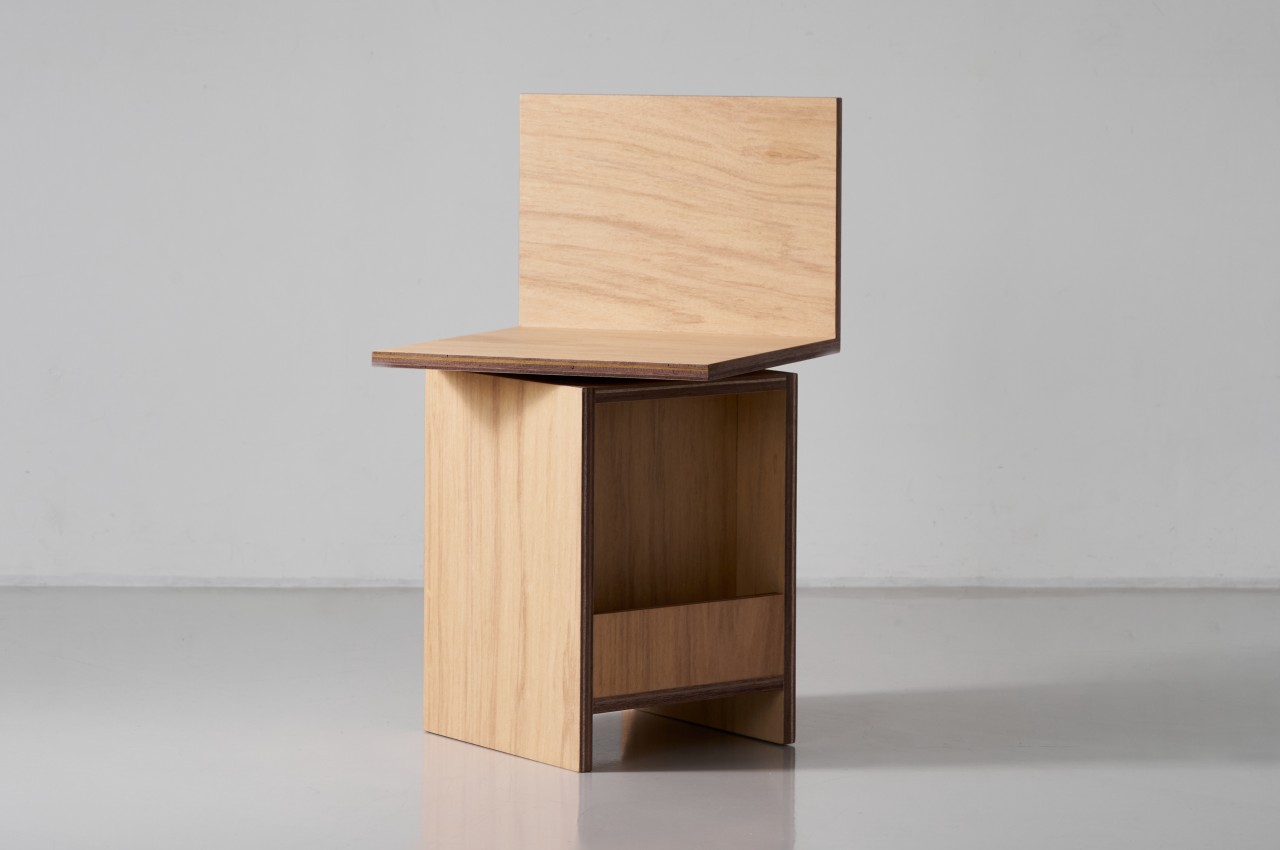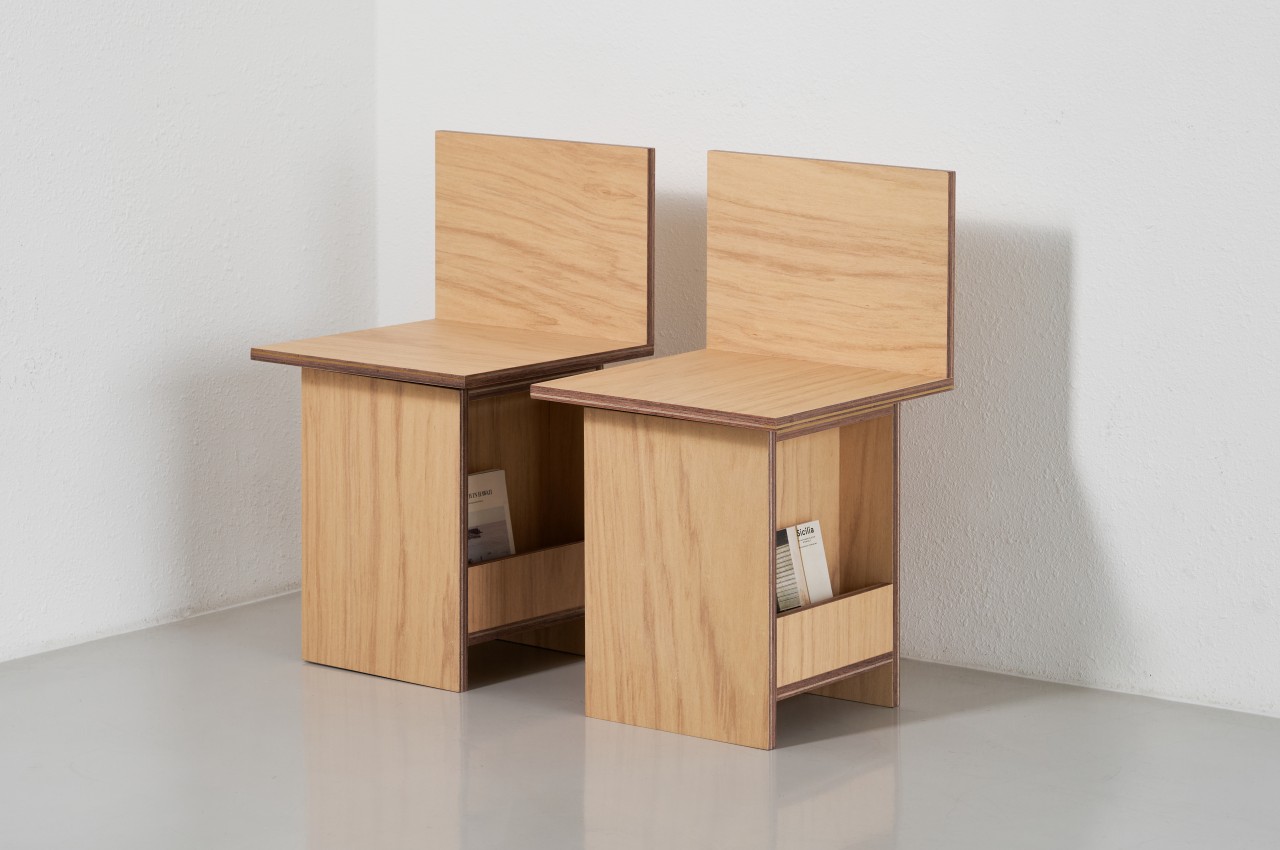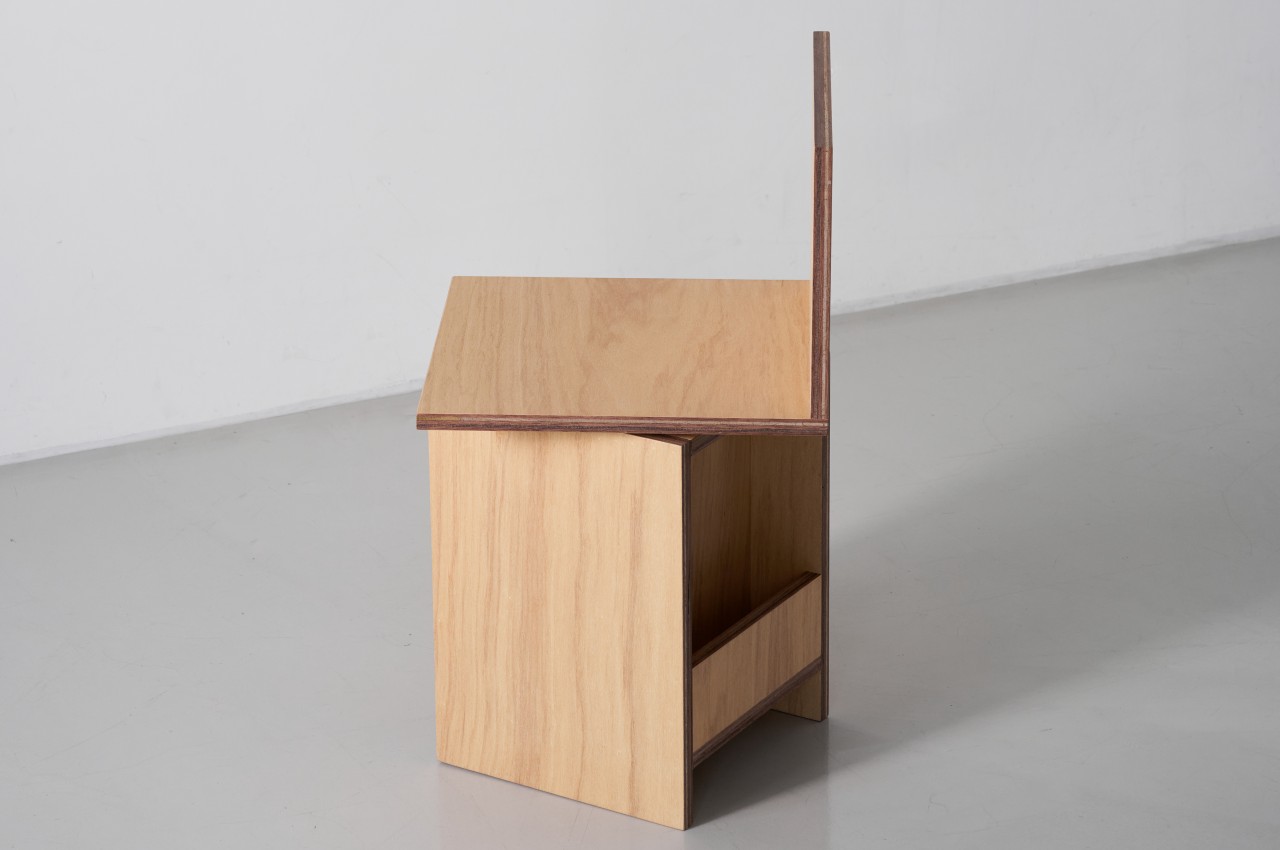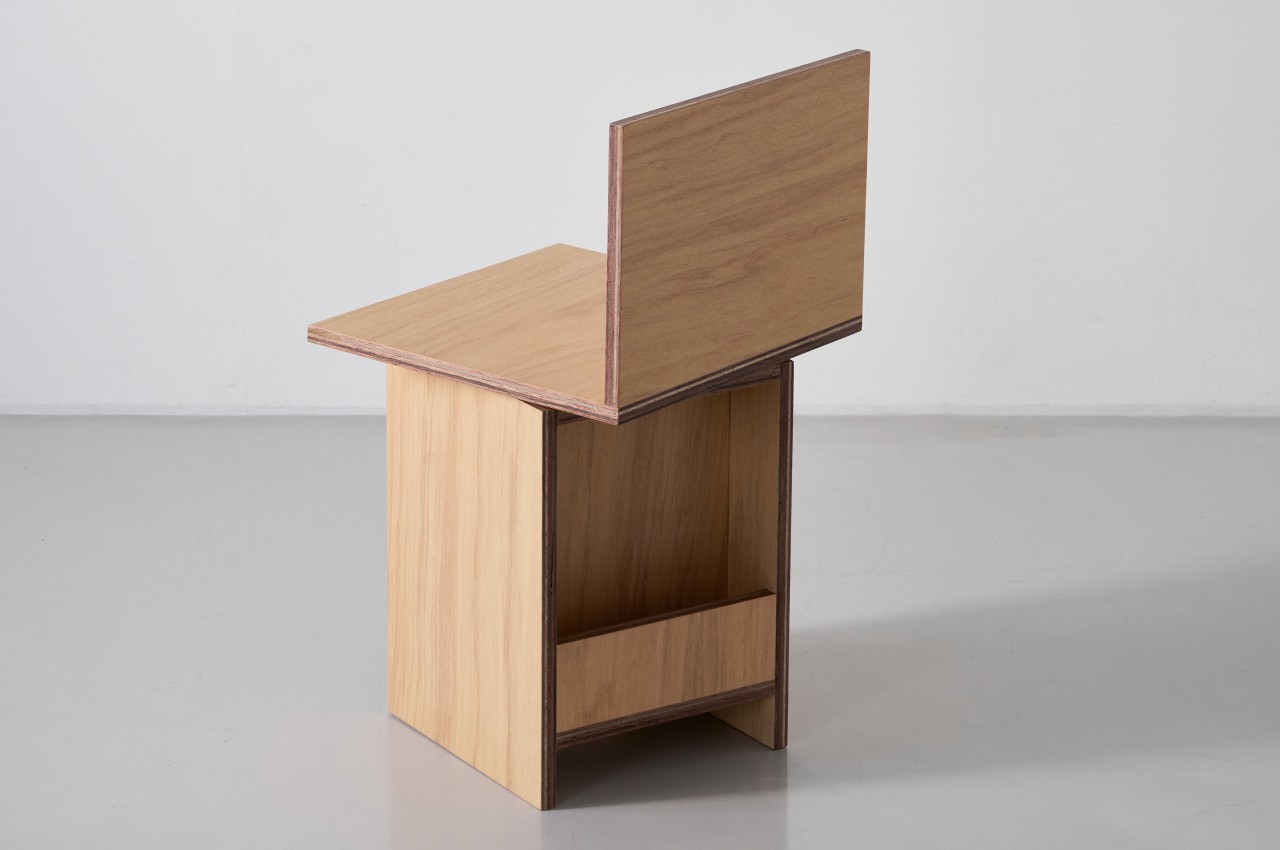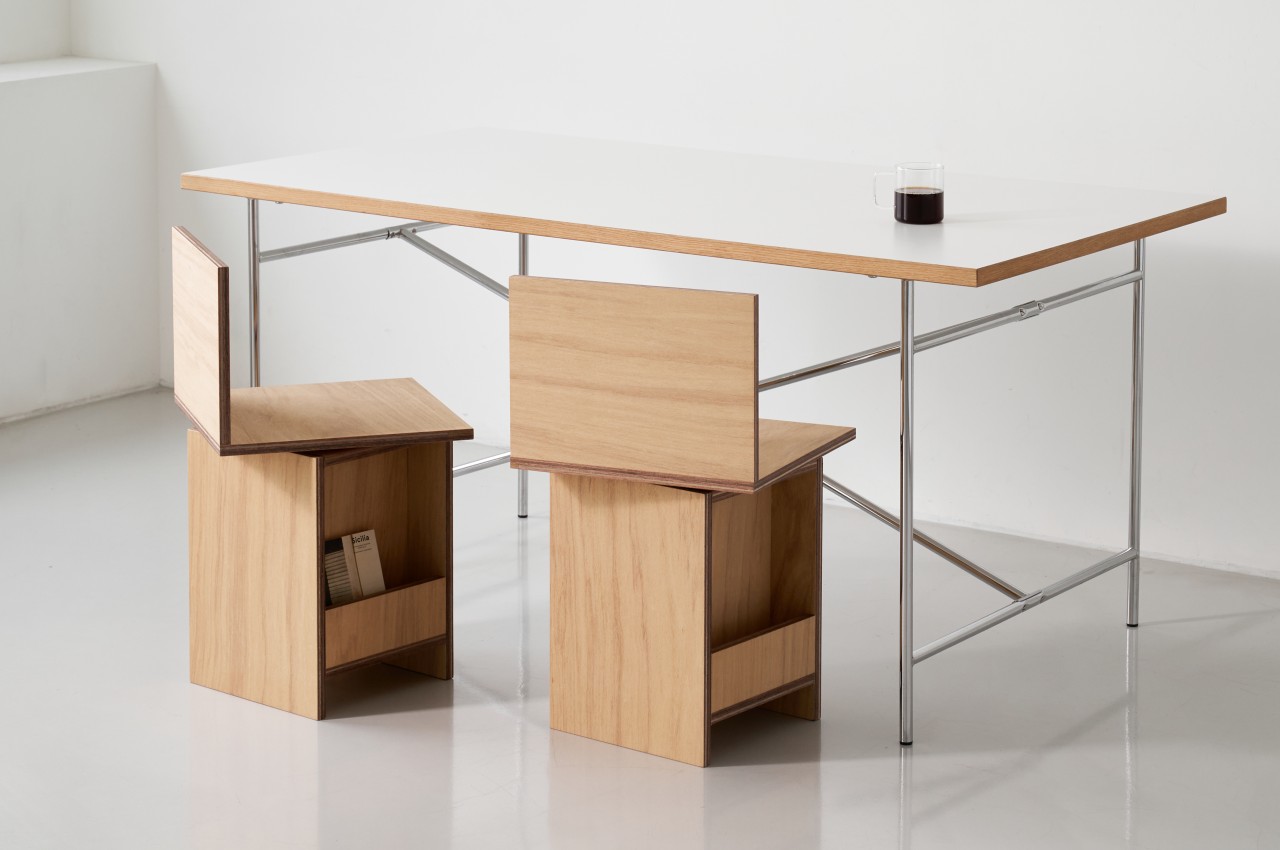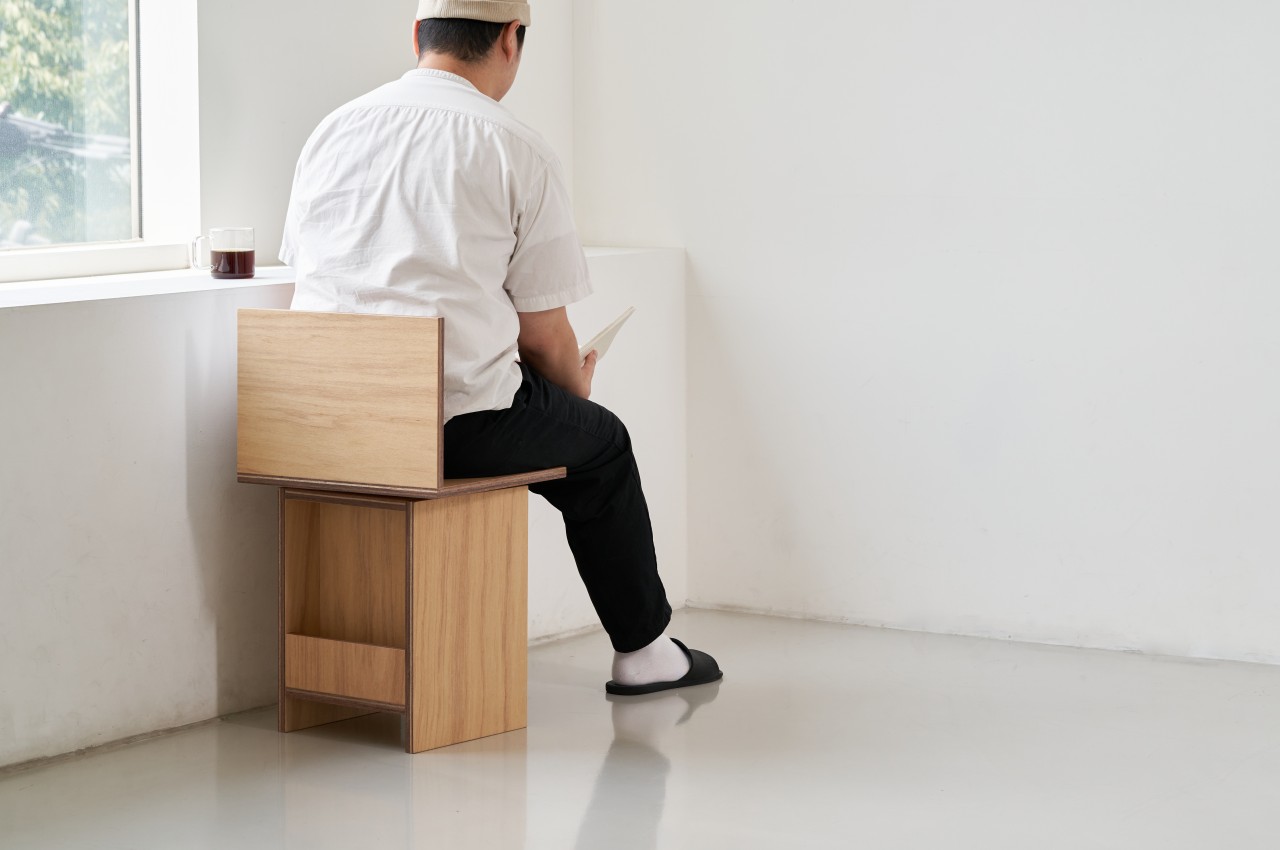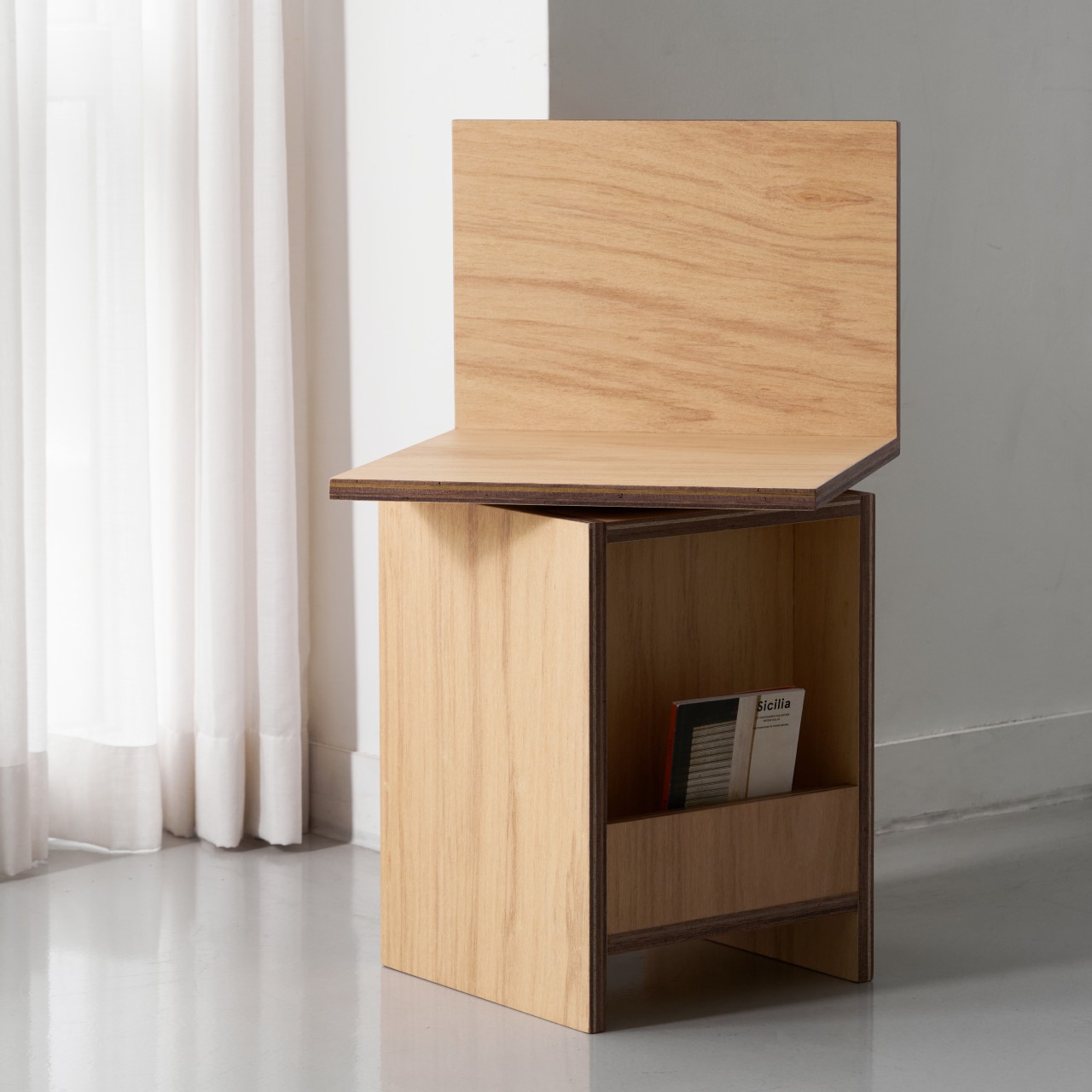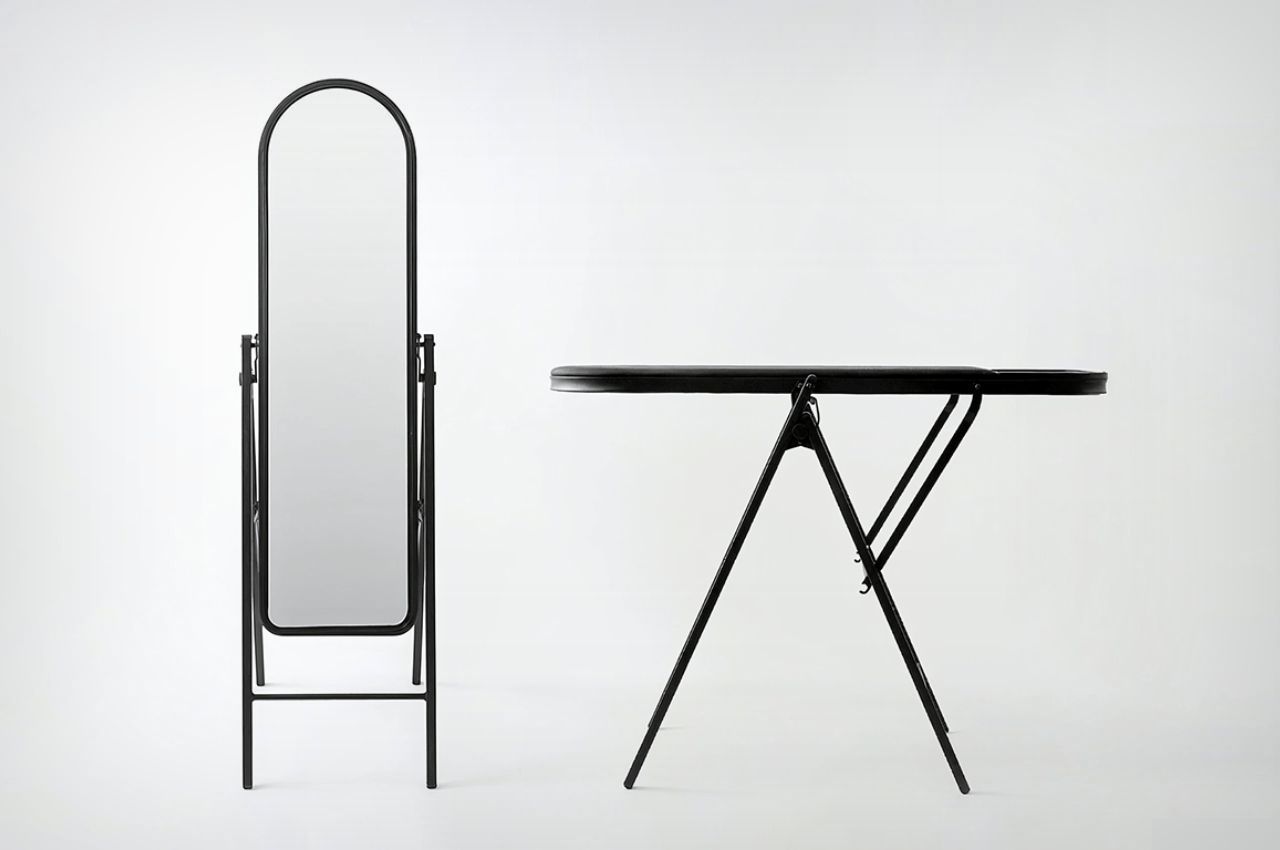
You don’t need a tiny home to invest in some clever multi-functional furniture. Sure, it helps save money and space when you’ve got a product that serves different purposes, but then again, owning such cleverly designed products is cool too! In collaboration with the esteemed Taiwanese design brand, Unipapa, Medium2 Studio introduces the Flip Dual-Function Ironing Board Mirror, an ingenious solution that seamlessly integrates the functionality of a full-length mirror with that of an ironing board. This innovative fusion addresses the perennial household dilemma of storing bulky ironing boards while adding a touch of elegance to interior spaces.
Designer: Ping-Lun Chung, Fang-Yu Chen, and Yen-Ting Lin
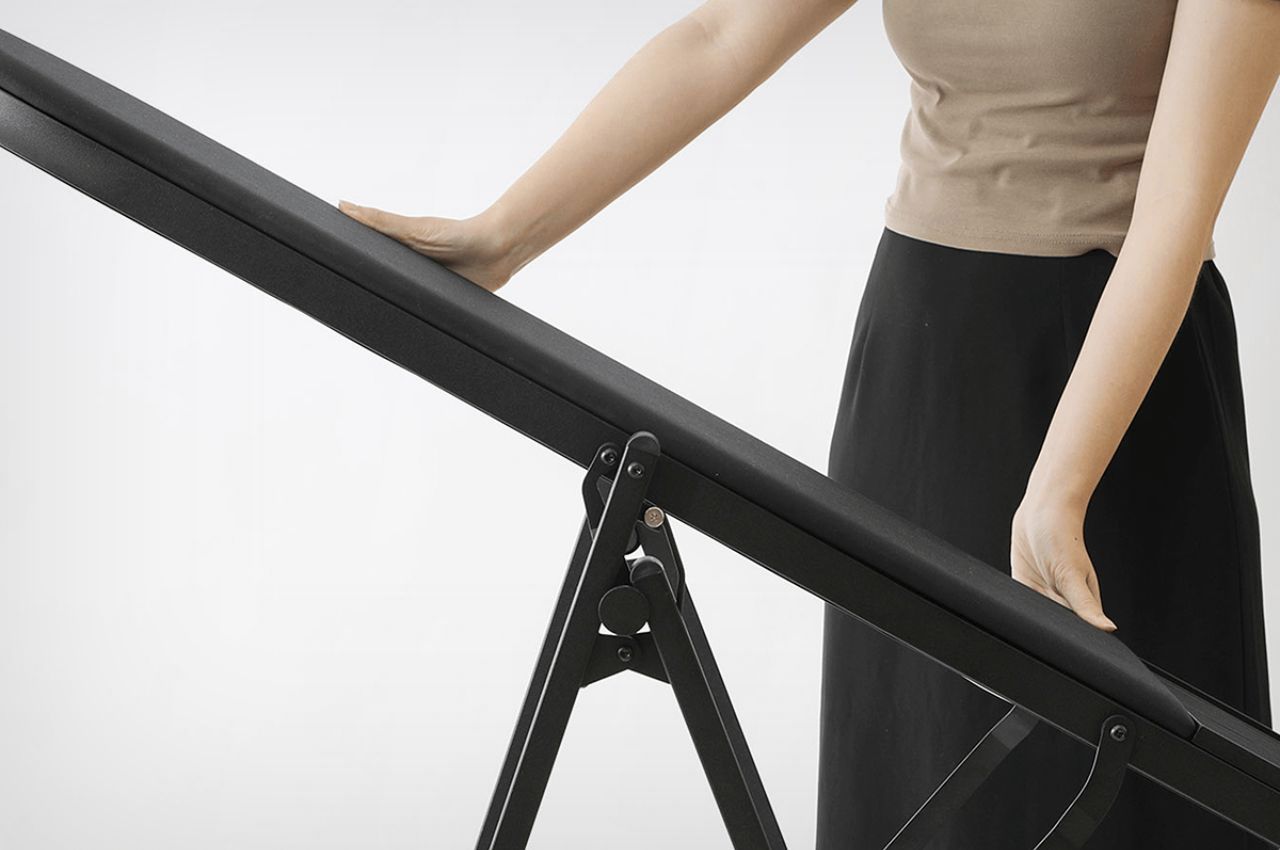
While the concept of a dual-function ironing board mirror isn’t entirely novel, the journey from concept to commercialization for the Flip involved extensive research and innovation, ensuring its practicality for everyday use. The crux of its design lies in what they term the “adjustable span transition.” Balancing the requirements of an ironing board, which demands a broad span for stability, with those of a full-length mirror, which necessitates a compact span to minimize space usage, presented a unique challenge.
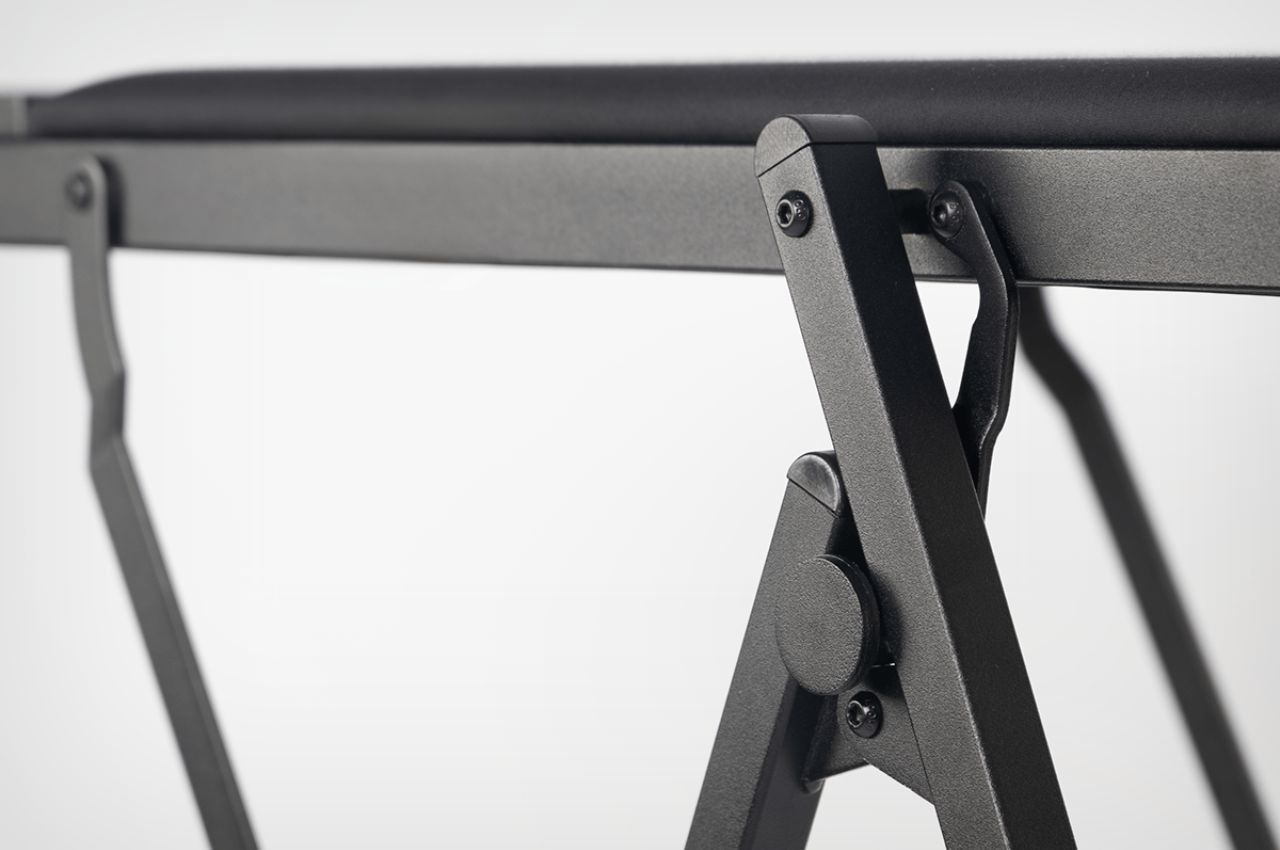
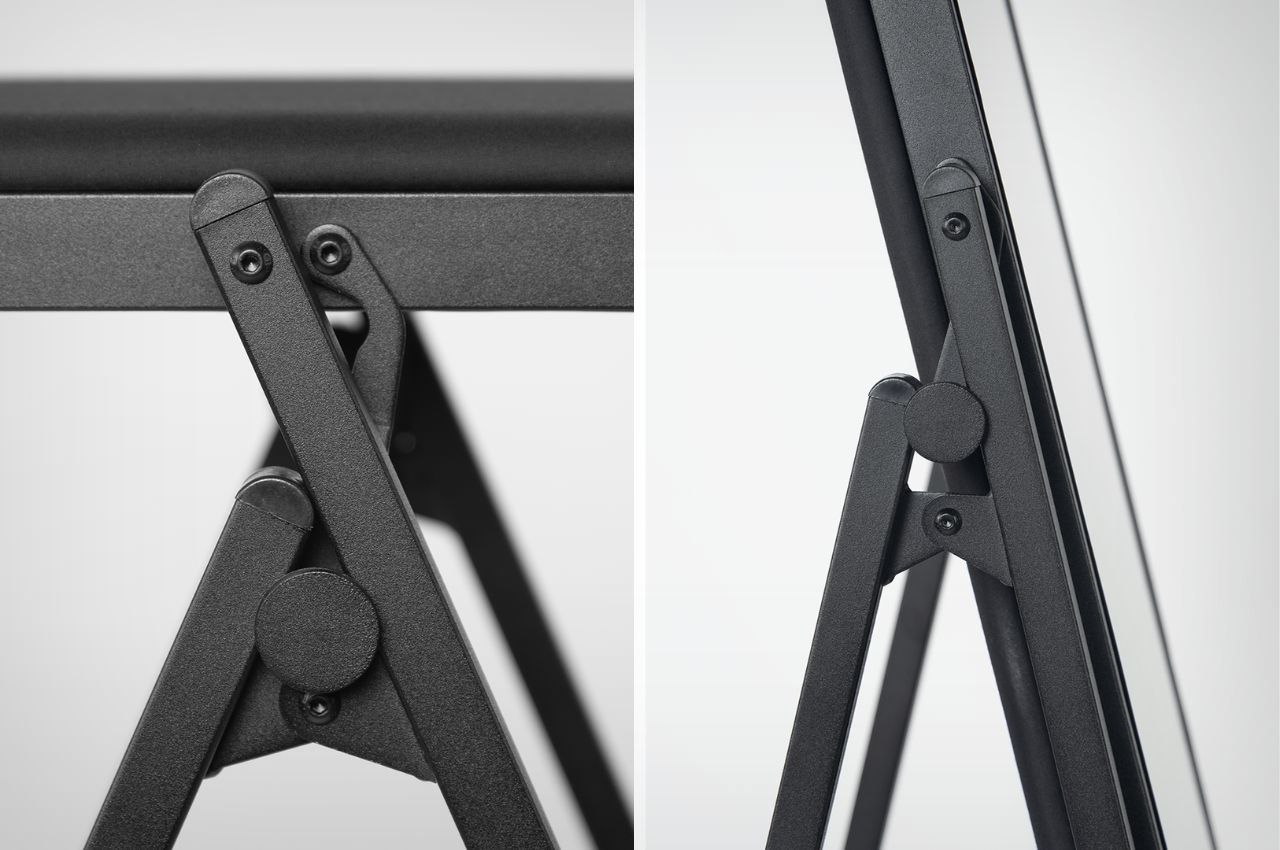
To tackle this challenge, they engineered a structure with an adjustable span mechanism. This ingenious feature allows the Flip Dual-Function Ironing Board Mirror to seamlessly transition between its two functions with ease. Whether you’re preparing for a crisp attire with the ironing board or checking your reflection in the mirror, the interconnected structure simplifies the operation, enhancing overall convenience.
One of the most notable aspects of the Flip is its simplicity and practicality. Storing an ironing board is no longer a bulky task but simply a matter of placing it back in its designated spot. This effortless integration of two household essentials into one sleek design epitomizes the ethos of practicality meeting elegance.
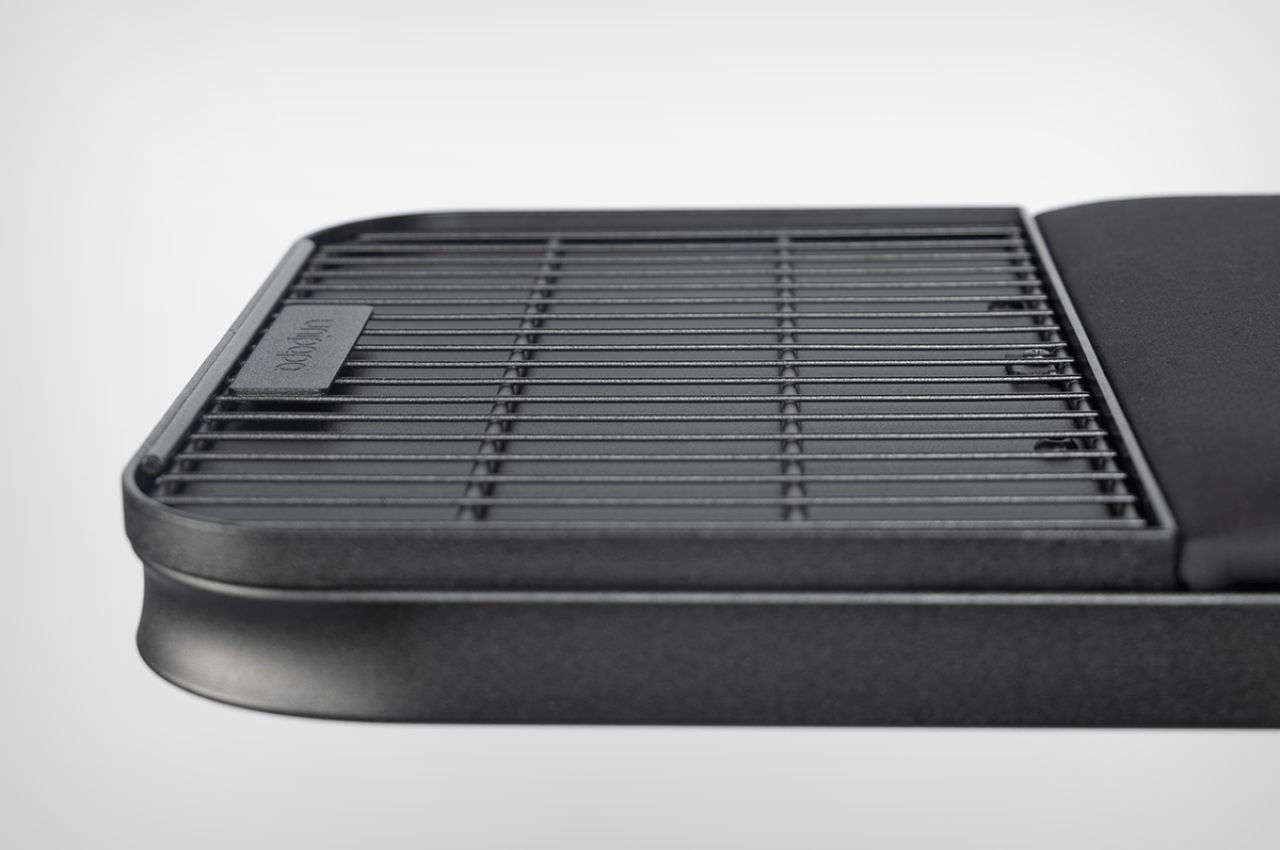
Designed for individuals who embrace a minimalist lifestyle and appreciate multifunctional, space-saving objects, the Flip Dual-Function Ironing Board Mirror is a game-changer. Its sleek aesthetic seamlessly blends into any interior decor while offering unparalleled functionality. Whether you reside in a compact apartment or a spacious home, the Flip adds a touch of sophistication while optimizing space usage.
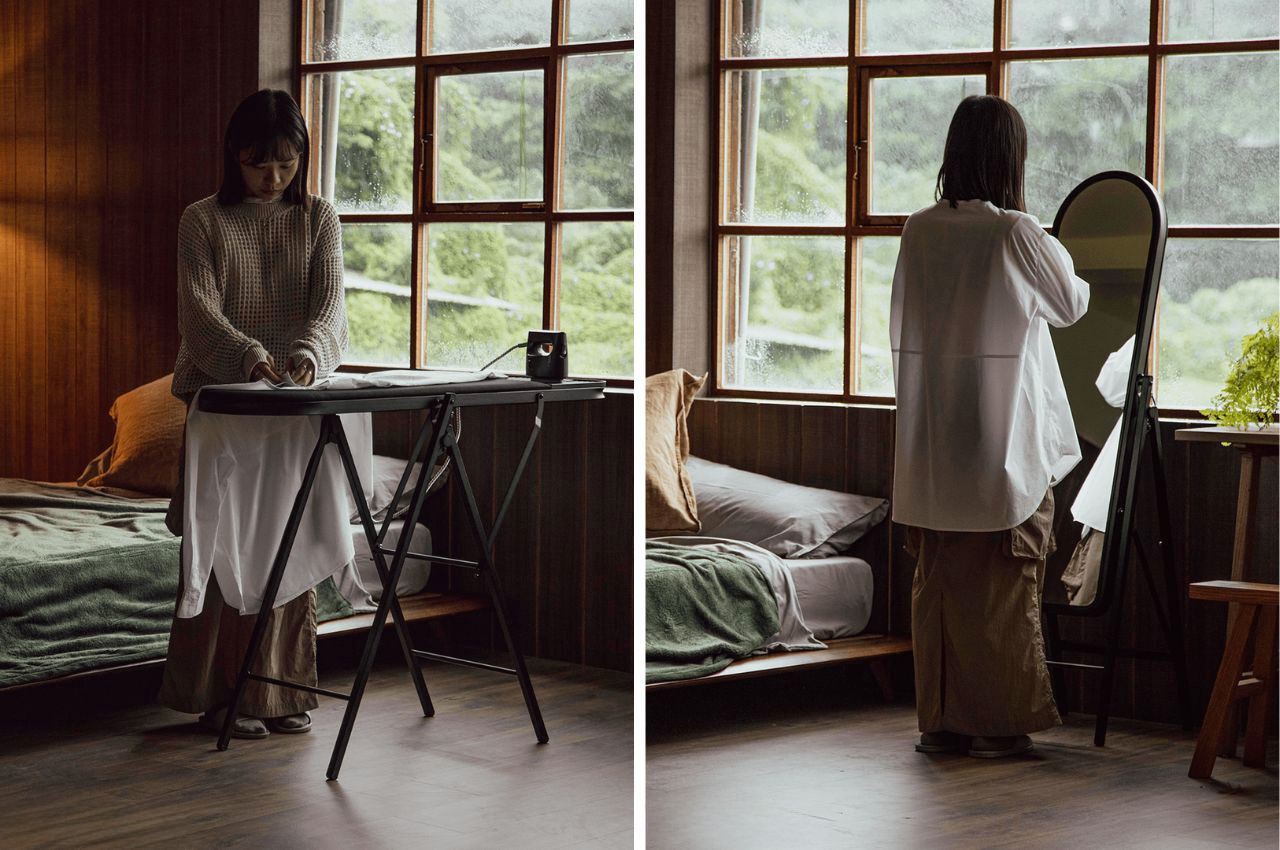
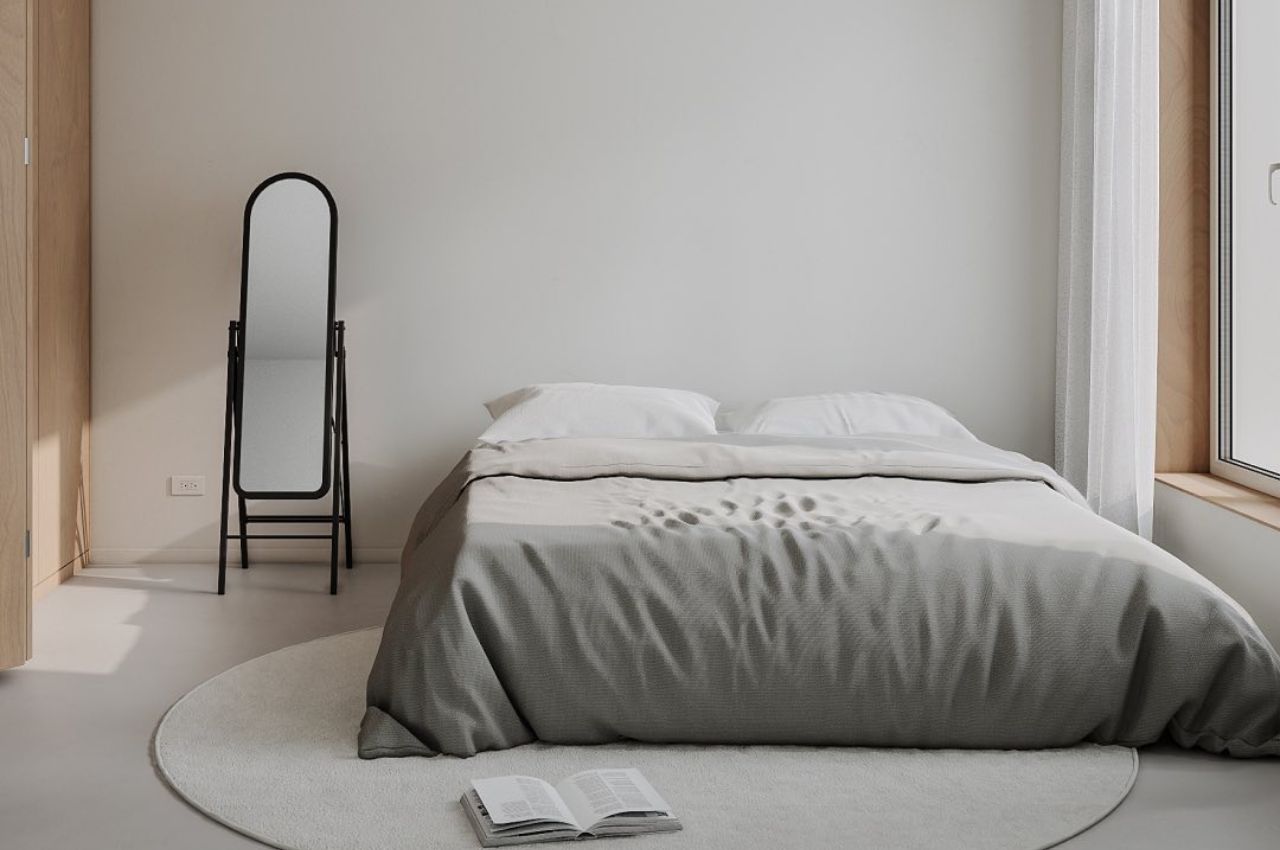
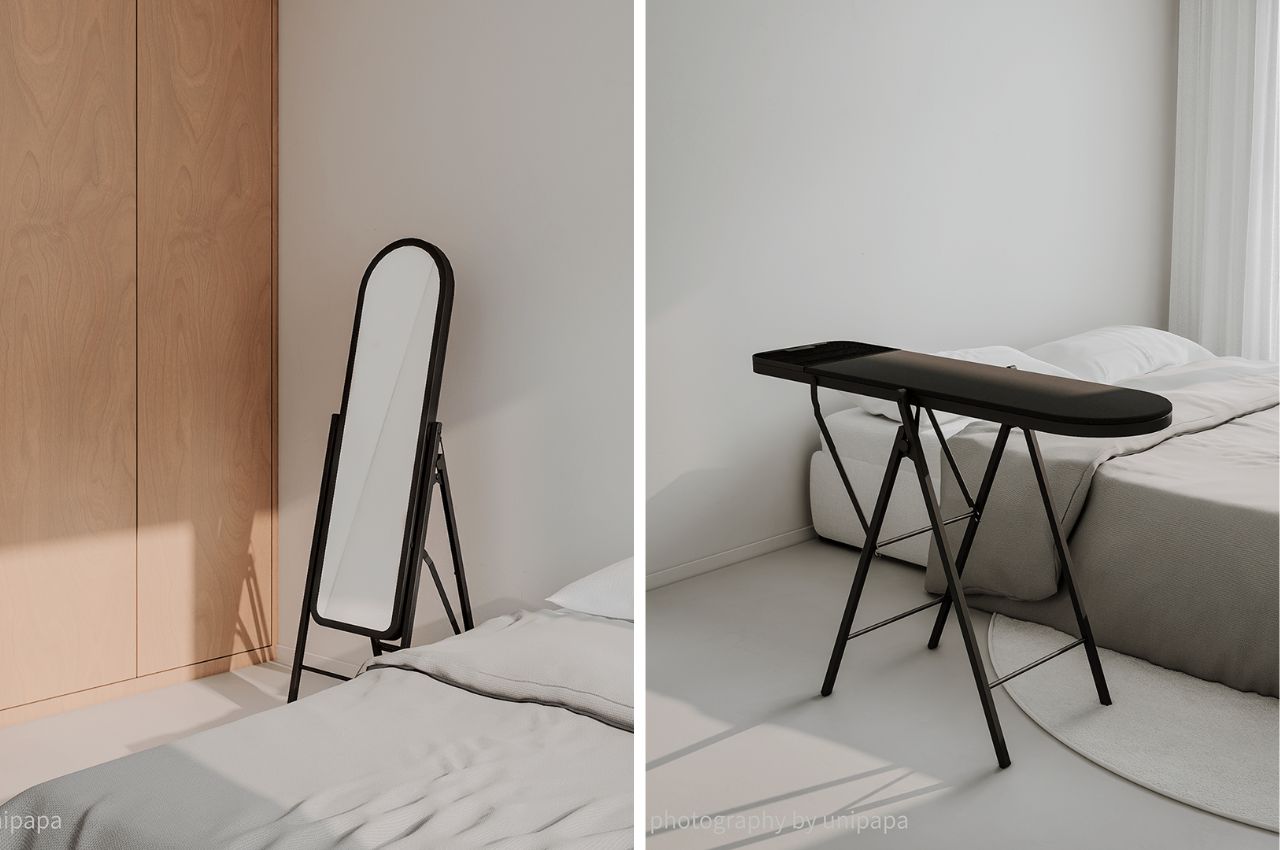
The post This absolutely genius floor mirror flips over into an ironing board to save space first appeared on Yanko Design.
